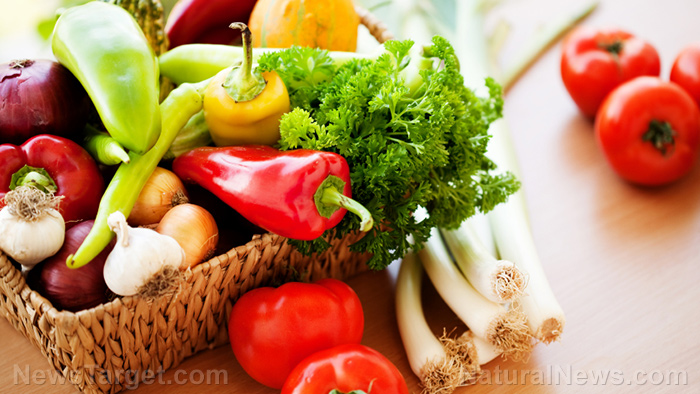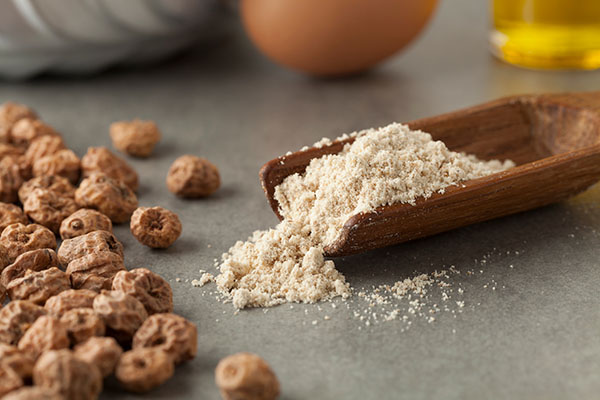
Advertisement
By now, we all have heard of family or friends who have gone “vegan” or adopted a “plant-based diet” or a “whole-food, plant-based” eating plan. Some of these terms are quite new, but others have been around for a while. Still, they can be confusing because of how quickly they evolve.
But what do these terms really mean? Let’s take a closer look.
What is a vegan diet?
The term “vegan” was coined in 1944 by Donald Watson, an English animal rights advocate and founder of The Vegan Society, to describe a person who avoids using animal products for ethical reasons.
Eventually, veganism expanded to include a diet that excludes animal-derived foods, such as eggs, fish, poultry and meats. The movement towards adopting this diet is based on environmental and health concerns about the production and consumption of animal-derived foods, which have long been validated by multiple studies.
Today, a vegan diet is understood as a diet that includes plant-based foods like fruits, vegetables, grains, seeds, nuts and legumes. Animal-derived foods are strictly not allowed.
What is a plant-based diet?
In the 1980s, Colin Campbell, an American biochemist, introduced the world of nutrition science to the “plant-based diet.” Campbell used the term “plant-based diet” to refer to a low-fat, high-fiber, vegetable-based diet. This diet focuses on the health benefits of avoiding animal-derived products instead of the ethical aspects of eating animal-derived products, which are the driving force behind vegan diets.
But what’s interesting about Campbell is he himself followed a “99 percent vegan” diet since the 1990s. Despite this, however, he didn’t identify as a vegan. He said “vegan” infers something other than what he stood for. Instead, he focused on the benefits of eating plant-based foods and didn’t bring ethics into the picture.
While “plant-based diet” initially referred to a diet made up of whole foods from plants, the term has soared in popularity in recent years. Today, people who don’t eat animal products but also don’t identify as “vegans” have adopted plant-based diets.
With a plant-based diet, you can decide whether or not you want to eat animal products, but the focus remains on eating mostly foods that come from plant sources. Plant-based diets also emphasize eating whole foods, meaning foods that have undergone little to no processing. People who are strict about fulfilling this requirement sometimes prefer to use the term “whole-food, plant-based diet” over just “plant-based diet.”
Plant-based foods include fruits, vegetables, grains, seeds, nuts, legumes and oils. Oils are not allowed in whole-food, plant-based diets.
Choosing the right diet
The main difference between a vegan diet and a plant-based diet is that a vegan diet eliminates all animal-derived products, while a plant-based diet does not. Plant-based diets are also divorced from any ethical connotation, while vegan diets are driven by ethical concerns about eating animal-derived products.
It’s possible to be both plant-based and vegan as these terms aren’t really meant to divide people based on their lifestyle. Some people may adopt a plant-based diet, become interested in giving up other animal products after experiencing health benefits and eventually end up committing to a 100 percent vegan lifestyle.
On the other hand, some people may start out vegan due to environmental health concerns and eventually switch to a whole-food, plant-based diet to focus on their health.
But regardless of the diet you choose, your diet should ideally consist of 50 percent vegetables. Fruits are great, too, but it’s good to focus more on vegetables because they naturally contain less sugar.
When building your plate, aim for:
- 50 percent vegetables
- 25 percent whole grains
- 25 percent lean protein
If you’re not eating animal-derived products, make sure to eat beans or quinoa for protein. But if you like to eat meat occasionally, stick to lean cuts of meat, fish and poultry. Avoid red meat and processed meat. Adding healthy fats such as those in healthy oils, nuts and seeds to your diet will also help you feel full for longer.
Sources:
Advertisements







